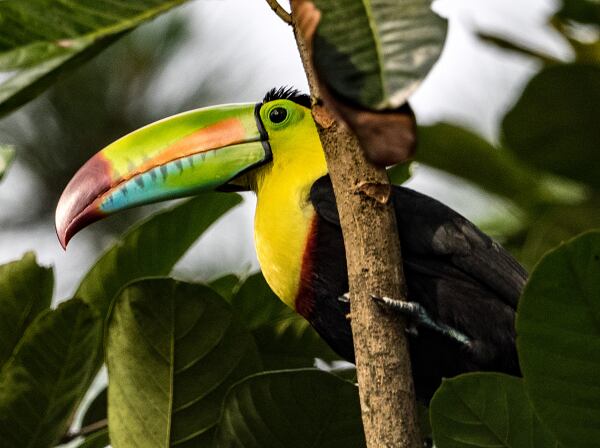More and more cosmetics, personal care, and fragrance ingredients that fit somewhere along the natural spectrum are coming to market, thanks to the following four sourcing strategies:
1. Biological design
Biotech delivers on an industrial scale. And companies like DuPont Tate & Lyle have been using biotech facilities to produce ingredients for personal care (and other industries) for years now. Recently that company invested to expand production and to connect digitally with formulating chemists. Learn more in this Cosmetics Design video interview.
Just this year Genomatica launched its first biotech-made personal care ingredient at in-cosmetics global. Here, Lisa Kenedy, that company’s business development manager explains how they are working closely with chemists transitioning to more natural formulations.
And just this summer Green Biologics teamed up with Sally Beauty to get a nail polish remover made with biotech acetone on the shelf and in the hands of consumers.
2. Local sourcing
Hand grown and wild harvested plants have become luxury ingredients for niche cosmetics, personal care, and fragrance brands.
This spring Cosmetics Design interviewed Janna Sheehan, founder of natural fragrance brand Ojai Wild about her local sourcing strategy, a strategy that allows Ojai Wild to “produce the freshest, cleanest fragrances and beauty products,” according to Sheehan.
And in advance of autumn, this publication checked in with Dr. Sarah Villafranco about why limited-edition natural personal care products make sense for her customers. “Limited-edition products,” she says, “allow us to release incredibly beautiful products in small numbers, and people are generally excited to get their hands on something so unique.”
AO Skincare is another interesting brand using regional ingredients (in this case from New Zealand). That company’s founder spoke with Cosmetics Design about natural local ingredients, rebranding, and more.
3. Upcycling food
Food trends and nutritional benefits influence consumer expectations and lead trends in beauty. So it makes perfect sense for beauty brands to upcycle food ingredients—or rather, repurpose what would otherwise be waste from food production.
Le Prunier is a good example of this sourcing strategy. That brand’s “beauty oil is derived from plum pits, a by-product of plum processing for the food industry,” reports Cosmetics Design senior editor Simon Pitman.
Upcycling is an especially common way that companies and brands are sourcing ingredients from fruit and vegetable sources; though some animal-based ingredients are upcycled from the food industry as well.
4. Cooperative farming
Time-honored beauty practices and hand-made products like those found in rural communities around the world don’t scale on their own.
Brand leaders and social entrepreneurs like Yve-Car Momperousse of Kreyol Essence are engineering the supply chains needed to source regionally specific ingredients. And in doing so they are also creating an infrastructure that can support the local communities who’s beauty practices are going global.
With Kreyol Essence, Momperousse is working with Haitian farmers to bring the Caribbean country’s organic black castor oil to consumers well beyond Hispaniola.
---

Deanna Utroske, CosmeticsDesign.com Editor, covers beauty business news in the Americas region and publishes the weekly Indie Beauty Profile column, showcasing the inspiring work of entrepreneurs and innovative brands.


